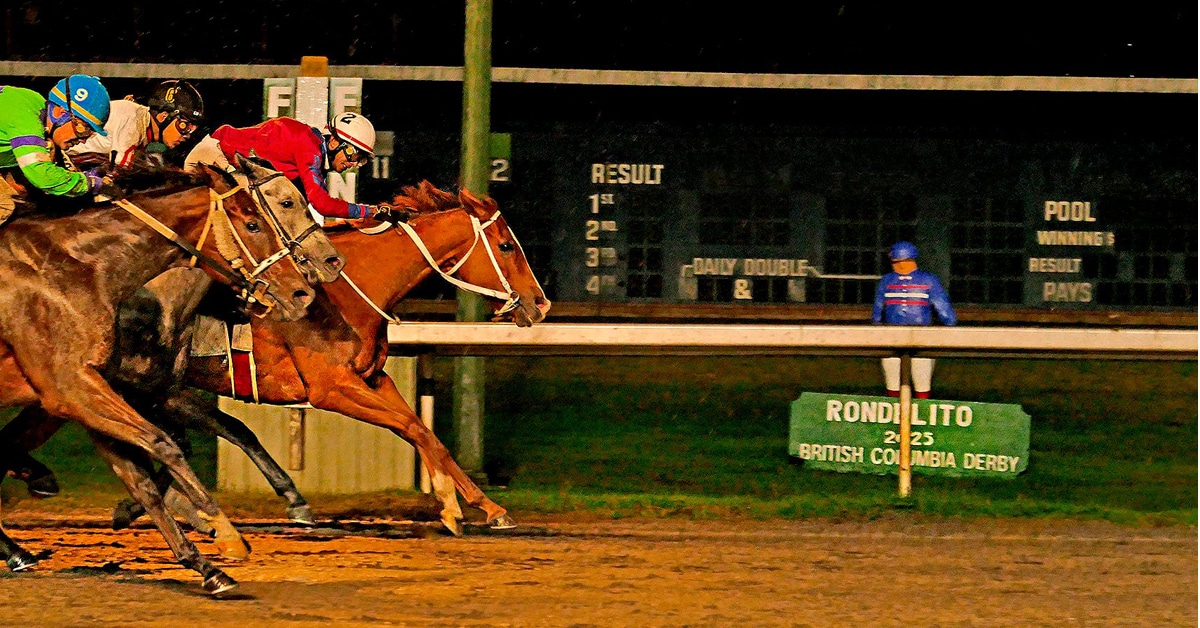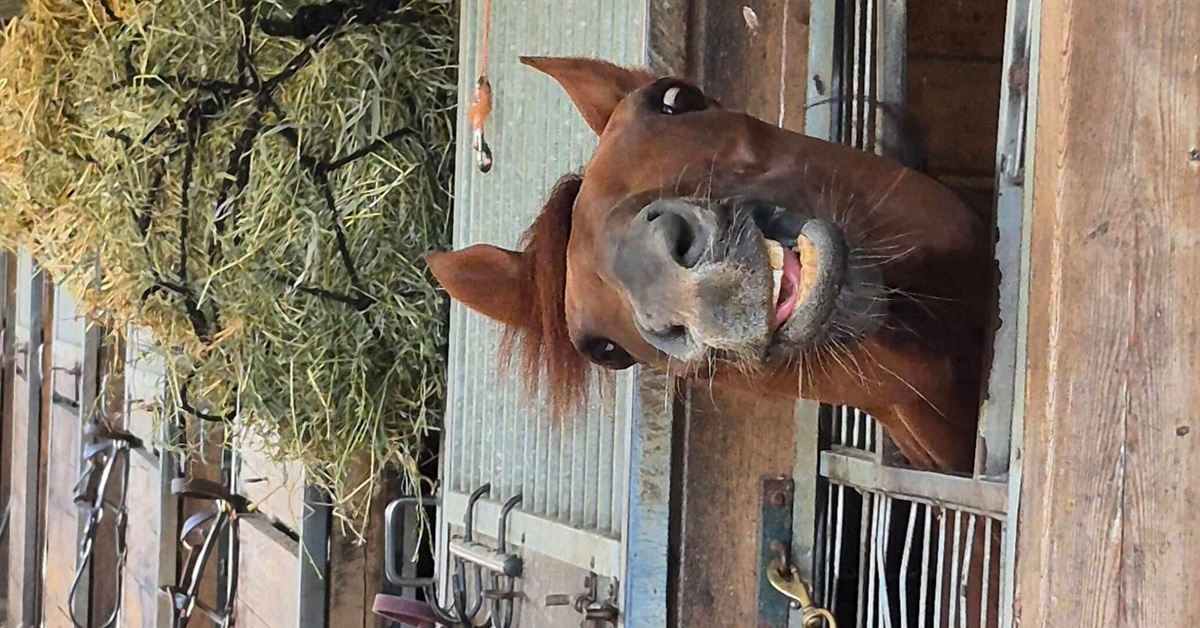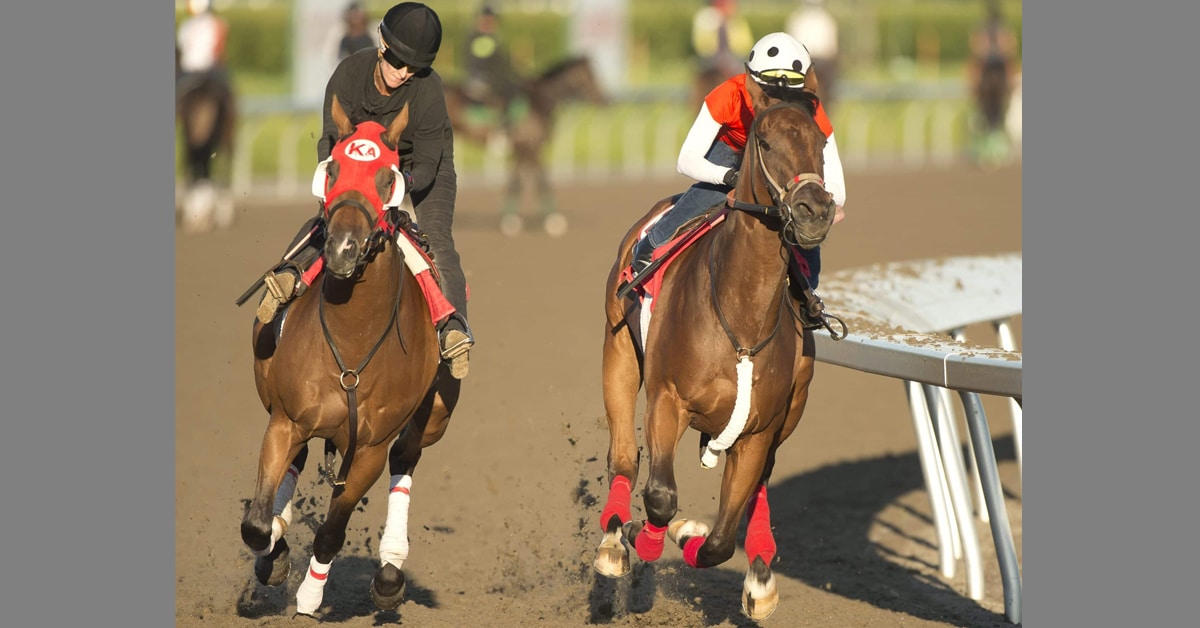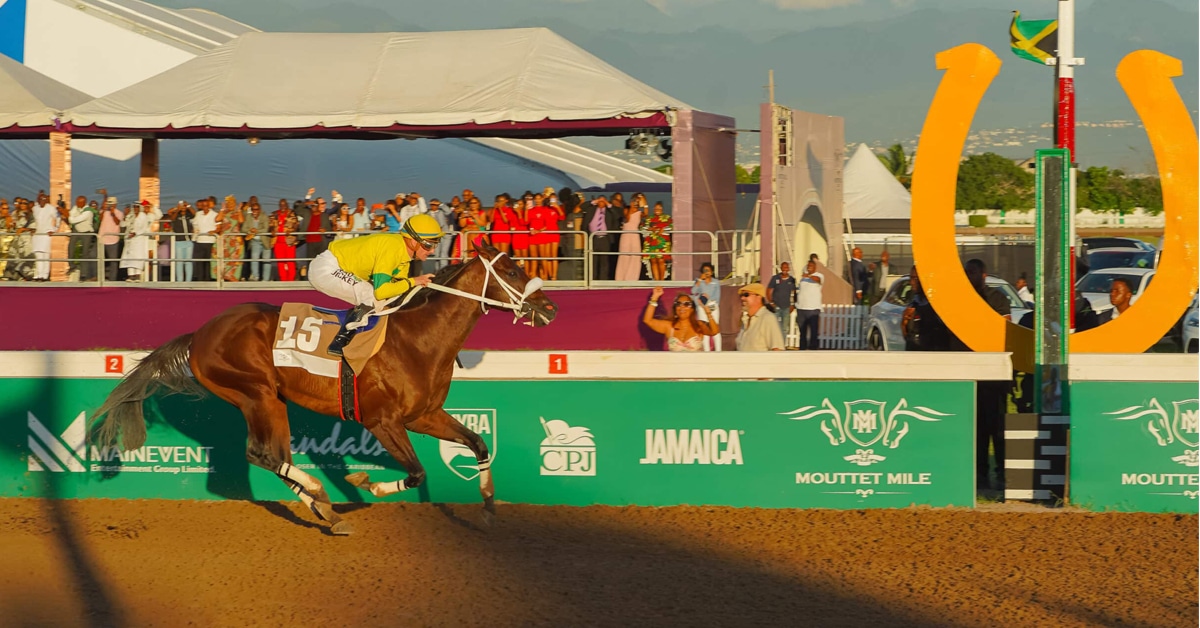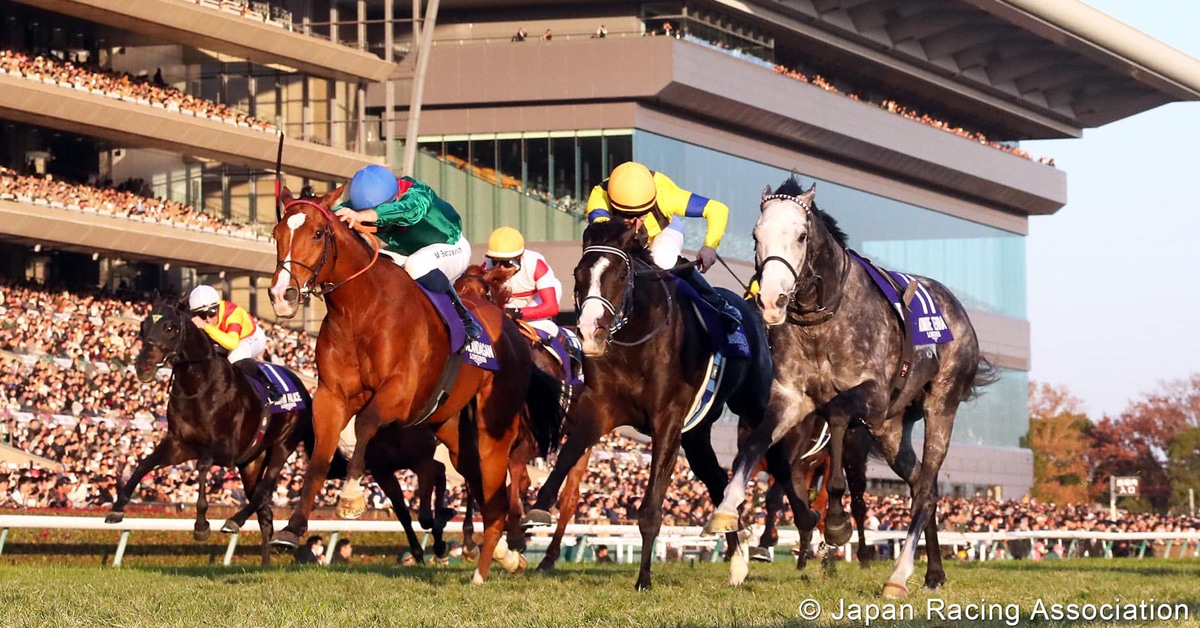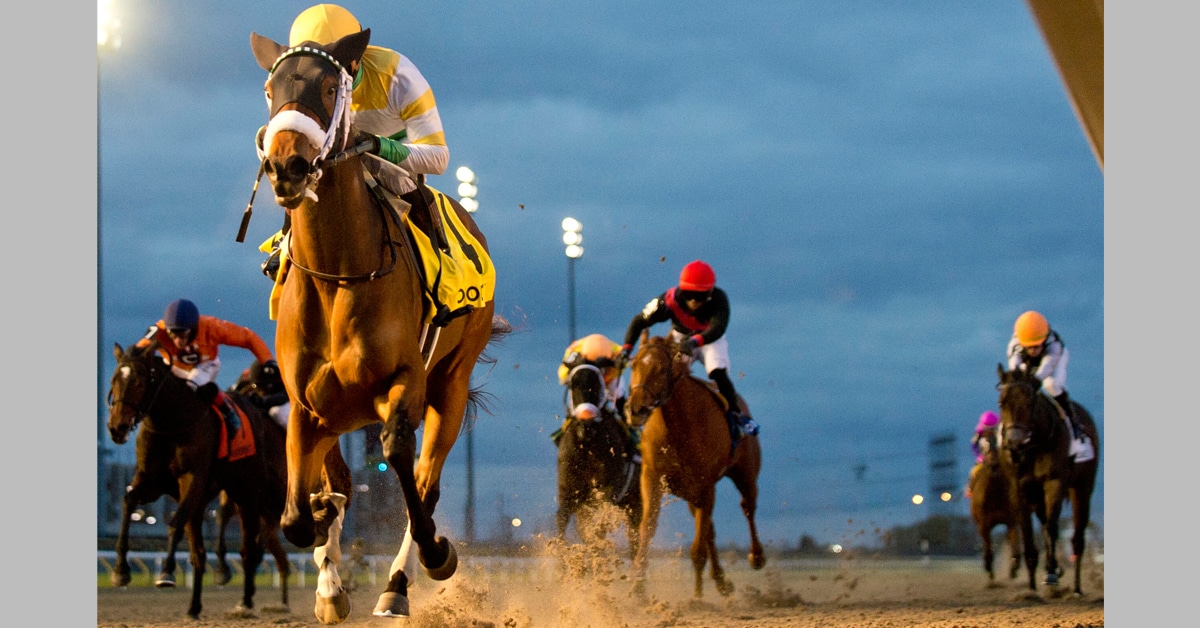Ontario horse racing trainers are very worried as the confusing case of capsaicin positive tests on horses continues with few answers.
But the HBPA Ontario is hard at work investigating how nine Thoroughbreds, trained by nine different trainers at Woodbine and Fort (to go along with a few others across Canada and in Standardbred racing) came up with positive tests for the Class II drug.
Capsaicin an active component of chili peppers, which are plants belonging to the genus Capsicum. It is a chemical irritant for mammals, including humans, and produces a sensation of burning in any tissue with which it comes into contact.
A cayenne pepper paste is sometimes used to paint on a horse’s bandages or stall doors to discourage chewing but several of the trainers who have received positives, have not used anything like that.
“We don’t have an answer [where this came from] right now, but we do have leads that we are following,” said HBPA Ontario president Sue Leslie.
“In my opinion this is a contamination for sure. These guys did not try to apply, overfeed, inject or rub in or use a mouthwash with the knowledge that it had capsaicin. The strange thing about it is, it goes all across Canada, two breeds.”
The Canadian Pari Mutuel Agency, which reports the positives to the Alcohol and Gaming Commission of Ontario, issued first positive notification for capsaicin on June 25, 2020. Currently, there have been 11 capsaicin positive tests in Ontario:
9 Thoroughbreds (6 at Woodbine, 3 at Fort Erie), the latest one being from trainer Salvatore Meli at Fort Erie.
2 Standardbreds (1 Hiawatha, 1 at Clinton)
Upon notification of the CPMA Certificate of Positive Analysis, all 11 horses were made ineligible for 15 days by AGCO Race Officials. No trainers – or other licensees – have been suspended or otherwise penalized at this time.
And that is something Leslie and the HBPA board will fight should a trainer get two of these mysterious positives.
“Trainers are very worried,” she said. “The guys who already have on positive they are looking at an automatic suspension if there is a second one. And don’t know what to stop doing.”
Leslie said the AGCO has allowed the HBPA some time to investigate the source of the capsaicin [before issuing any penalties] and the HBPA has sent split samples to a lab and is paying for the tests, costing up to $1,200 US, on behalf of the trainers
“The problem is, by the time we are getting the positives, so much time has lapsed. A lot can change in a barn in a couple of weeks; what products they have, what hay they have what Lasix they have.”
Valuable communication between the HBPA, AGCO and CPMA has given extra time for the search for the source of the drug. The AGCO has extended its usual 15 day turnaround time at Stage 5 (information gathering stage) to allow for investigation.
“Trainers have been through their barns, we have been through their barns,” said Leslie. “At first it was thought to be pepper applied to bandages or the Rap Last product (pepper spray) and while that has not been eliminated , we all agree it is highly unlikely. Trainers are as baffled, more baffled, than we are.”
During this investigation it is important that trainers with a positive test allow, should they wish, the HBPA to work with the AGCO in the investigation and remain calm.
“We are working to find the source to get the trainers exonerated and they deserve to be. They don’t deserve to have this on their record.”
More News
